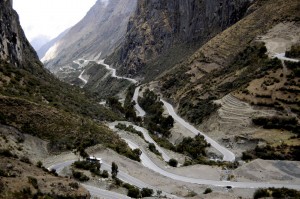Savannah, Georgia and many other cities around America have seen the introduction of a multi-person pedal-powered street cruiser. This strange looking traveling table is essentially a 15-person bicycle that hits incredible speeds of 5 mph!
Environmentally friendly with it’s lack of exhaust fumes and a good workout, Savannah Slow Ride is a great way to tour the city with a guilt-free conscience. Isn’t it so much healthier to park the car and enjoy the fresh air and conversation with some friends on a pleasant Savannah evening?
The following link takes you to a video about this funky bike-mobile and adds in the bonus of another fun and environmentally friendly way to get around the city: Segways.



